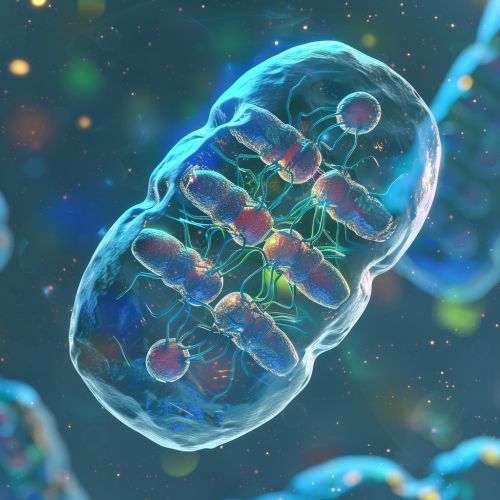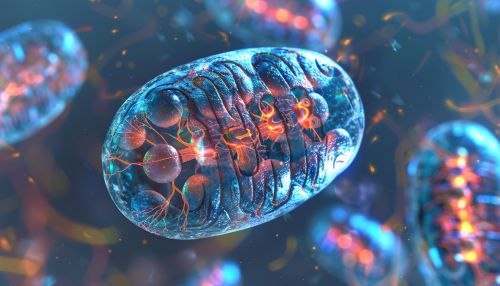Bioenergetics
Introduction
Bioenergetics is the study of the transformation of energy in living organisms, specifically the biochemical processes involved in the energy flow through living systems. It is a field of biochemistry that concerns energy flow through living systems. This is an active area of biological research that includes the study of thousands of different cellular processes such as cellular respiration and the many other metabolic processes that can lead to production and utilization of energy in forms such as ATP molecules.
Energy and Life
Energy is essential for all life processes, including growth, reproduction, response to environmental changes, and the maintenance of cellular structures. Organisms exist in a state of dynamic equilibrium with their environment, continually exchanging matter and energy. Energy is required to establish and maintain the complex structure of organisms and their cellular components, and to drive the many processes that occur within them. The study of these energy transformations forms the basis of the field of bioenergetics.
Thermodynamics and Bioenergetics
Bioenergetics is deeply rooted in the principle of the conservation of energy, or the first law of thermodynamics, which states that energy cannot be created or destroyed, only transformed. The second law of thermodynamics, which states that every energy transfer involves some loss of energy in an unusable form, usually heat, also plays a crucial role in bioenergetics. These two laws govern the energy flow in organisms and ecosystems.


Cellular Respiration
The most important bioenergetic process in all organisms is cellular respiration, the process by which cells obtain energy from organic molecules and release waste products. This process involves the oxidation of glucose and other molecules to produce ATP, the primary energy currency of cells. The details of cellular respiration are complex and involve many steps, including glycolysis, the Krebs cycle, and oxidative phosphorylation, each of which occurs in a specific location within the cell and involves the participation of numerous enzymes and coenzymes.
ATP: The Energy Currency of the Cell
ATP, or adenosine triphosphate, is the primary energy carrier in all living organisms. Cells use ATP to perform work, such as moving, dividing, and synthesizing molecules. ATP is produced by a variety of processes, but most ATP in cells is produced by the process of oxidative phosphorylation, which involves the transfer of electrons from NADH or FADH2 to oxygen through a series of electron carriers.
Photosynthesis
Photosynthesis is another key bioenergetic process that involves the conversion of light energy into chemical energy. This process, which occurs in plants, algae, and some bacteria, involves the use of light energy to convert carbon dioxide and water into glucose and oxygen. The glucose is then used as a source of energy and a building block for other organic molecules.
Energy Balance in Organisms
Organisms must maintain an energy balance to survive. This involves balancing the energy obtained from food or light with the energy used in metabolic processes. When energy intake exceeds energy expenditure, the excess energy is stored, usually as fat. When energy expenditure exceeds energy intake, the organism uses stored energy. Disruptions in energy balance can lead to a variety of health problems, including obesity and malnutrition.
Bioenergetics and Disease
Disruptions in bioenergetic processes can lead to disease. For example, mitochondrial diseases are a group of disorders caused by dysfunctional mitochondria, the organelles that generate most of the cell's supply of ATP. These diseases often result in energy deficiency and can affect various organs and tissues, including the brain, heart, liver, skeletal muscles, kidney and the endocrine and respiratory systems.
Future Directions in Bioenergetics
Future research in bioenergetics is likely to focus on understanding the details of energy transfer processes at the molecular level, and on developing new ways to manipulate these processes to treat disease. For example, researchers are studying the possibility of using bioenergetic processes to produce renewable energy sources, such as biofuels.
